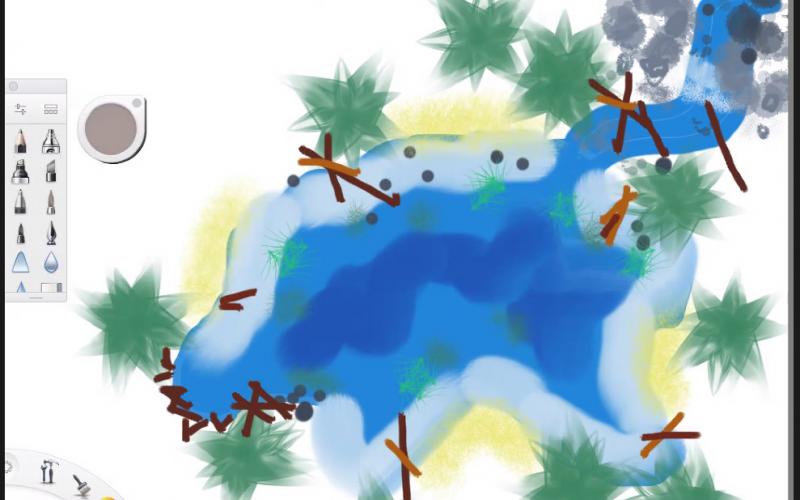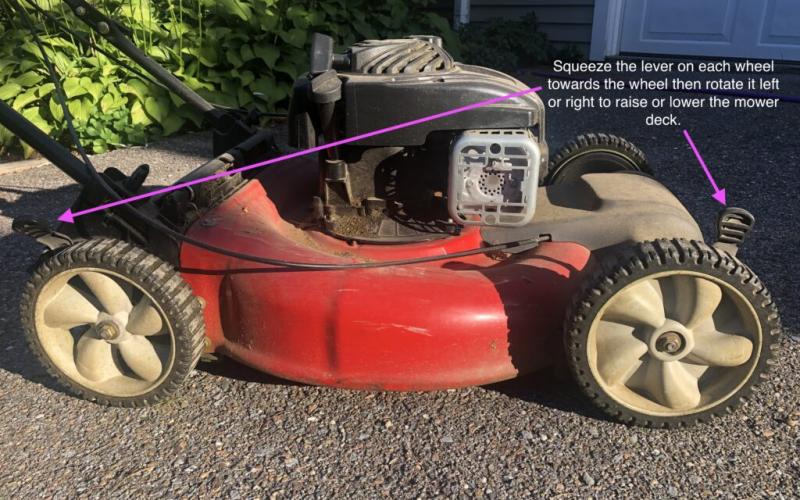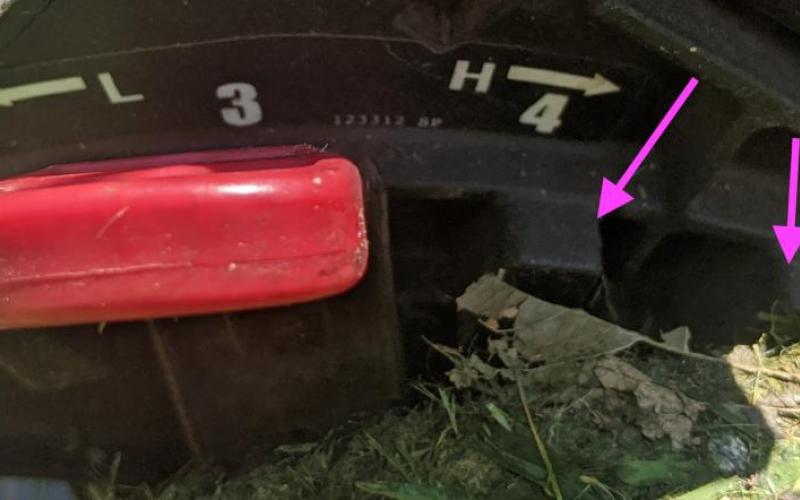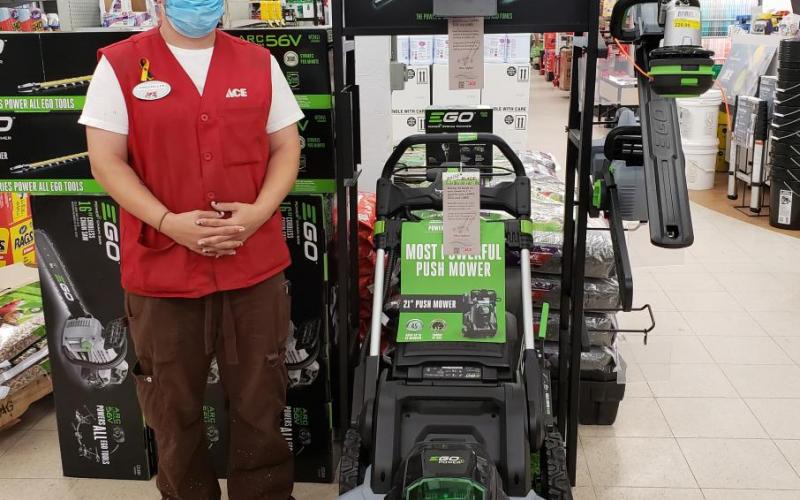Residents and visitors have a new COVID-19-friendly way to explore the city of Montpelier, Vermont through a walking tour that highlights several green infrastructure practices at or near businesses and schools.
A free map of the tour route includes a suggested 3.1-mile loop with an optional extension and brief descriptions about each of the seven sites where green infrastructure has been installed to slow the flow and clean stormwater runoff before it reaches the Winooski River. The map also highlights the connection between the river and Lake Champlain, including historic flooding in the city.
Colin Brown, a University of Vermont (UVM) Rubenstein School of Environment and Natural Sciences graduate, led the project, which was made possible thanks to a partnership among the Montpelier Conservation Commission, Friends of the Winooski River, Winooski Natural Resources Conservation District, Lake Champlain Sea Grant, and UVM Extension.
Printed copies of the map are available at the Montpelier VSECU branch, Hunger Mountain Co-op in Montpelier and from any of the project partners. The map also can be downloaded from the Lake Champlain Sea Grant website along with green infrastructure maps for the cities of Burlington, Rutland, and St. Albans, Vermont.
"Urban areas have greater amounts of impervious surfaces than natural areas," explained Kris Stepenuck, Extension leader with Lake Champlain Sea Grant. "That results in increased pollutants reaching local waterways as stormwater runoff flows rapidly over those hard surfaces, rather than being absorbed into the ground, leading to erosion damage and sediment and contaminants entering waterways.
"That is," she added, "unless interventions such as the installation of green infrastructure practices, which mimic natural conditions in urban areas, are installed to minimize stormwater runoff into local water bodies."
Rain gardens are one of the most common types of green infrastructure installations found in Montpelier, according to Page Guertin, a Montpelier Conservation Commission member.
"These landscaped depressions slow stormwater flow, filter out sediment, replenish groundwater, and contain plants that are aesthetically pleasing, and they take up and treat stormwater on-site," Guertin said.
The Conservation Commission recently partnered with VSECU to install a rain garden on the corner of Bailey Avenue and the Siboinebi Trail, one of the sites featured on the map. Other sites include a bioretention basin on State Street; a riparian buffer, curb cuts and other installations at the Transit Center, and rain gardens at Hunger Mountain Co-op and Union Elementary School, among others.
"The Montpelier map provides a unique option to get some exercise, learn about positive environmental actions in Vermont communities, and explore a local community," Stepenuck said.
Printing of the maps was sponsored in part by Lake Champlain Sea Grant and a grant awarded to the Montpelier Conservation Commission by the Great Lakes Fishery Commission to NEIWPCC in partnership with the Lake Champlain Basin Program.







